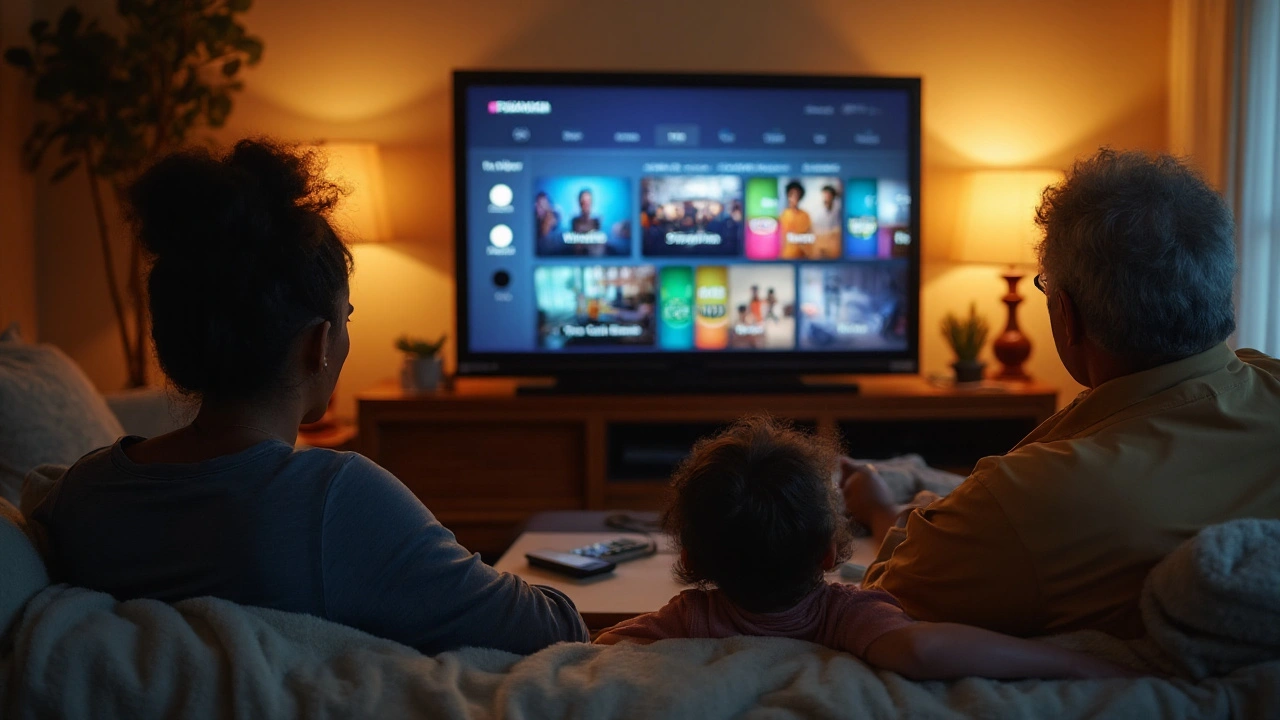Free TV Antenna: Get Local Channels for Free
Want local channels without a monthly bill? A good indoor or outdoor TV antenna can pick up ABC, CBS, NBC, PBS, Fox, CW and other local stations in HD. You don’t need cable — you need the right antenna, the right spot, and a quick channel scan.
Start by checking signal strength where you live. Use the FCC DTV maps or an app like Antenna Point to see nearby towers and their direction. If most stations are within 20 to 30 miles, a basic indoor antenna often works. If towers are farther away or blocked by trees and buildings, choose an amplified indoor model or an outdoor antenna.
Which antenna should you buy?
Flat indoor antennas are cheap, easy to hide, and great for city apartments. They usually pick up strong UHF signals. If you need VHF too, check the product specs. Small amplified indoor antennas help when signal is weak but can add noise if used improperly. Outdoor antennas give the best range. Directional outdoor models pull in signals from far away, while multi-directional ones catch channels from multiple tower directions. An attic antenna is a good middle ground if you want range without mounting on the roof.
Placement, setup, and quick fixes
Put the antenna high and near a window that faces the broadcast towers. Avoid metal doors, big appliances, and thick concrete walls. Use a short, good-quality coax cable and tighten connectors. Connect the antenna to your TV, run the channel scan or auto-tune from the TV menu, and save the results. Move the antenna and rescan if channels are missing.
If you get pixelation or audio dropouts, first check cables and connectors. Try different window spots and test at night — reception can change with weather and atmospheric conditions. If one channel is missing, note whether it broadcasts on VHF or UHF and use an antenna that covers both. Sometimes turning the antenna a few degrees makes a big difference. If you have multiple TVs, consider a powered splitter or a distribution amplifier, but beware that splitters reduce signal strength unless powered.
Want more channels? Use a rotor for an outdoor antenna, or pick a multi-directional model that reaches several tower clusters. Look for translator stations which rebroadcast channels on different frequencies; they help in valleys or behind hills.
Cost and legality: over-the-air broadcast is free and legal. Expect to spend $20 to $60 for a solid indoor antenna, or $100 and up for a quality outdoor antenna plus installation. No subscription fees ever — just occasional rescans and minor tweaks.
Ready to choose? List the channels you want, check distances and tower directions, then pick indoor or outdoor based on budget and appearance. With simple placement and a quick scan, you can cut a cable bill and still get local news and major network shows in clear HD.
What People Are Replacing Cable With in 2025: Streaming, Antennas, and Smart Bundles
Curious what people use instead of cable in 2025? Here’s a clear guide to live TV streamers, on-demand apps, free options, antennas, costs, and how to build a bundle.

